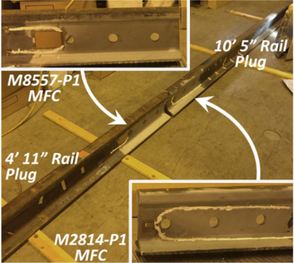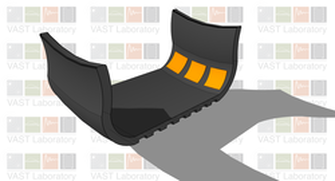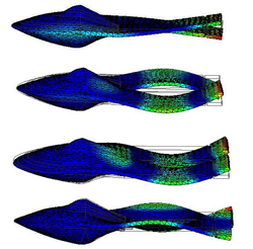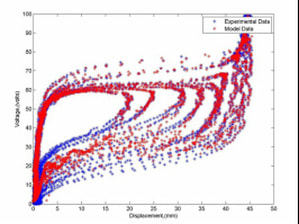Research Interests
Data-Driven Paradigms for
|
Bio-Inspired
|
Internet-of-Vibrationssensing, monitoring, & analyzing vibrational data
|
Data-Driven Paradigms for
|
Bio-Inspired
|
Internet-of-Vibrationssensing, monitoring, & analyzing vibrational data
|
|
Traveling wave generation and analysis of propagation to characterize the role of structural and electromechanical parameters
Publications
|
Publications
|
Publications
|
Studying Dynamics of Micro Scale Artificial Hair Cell
|
Bio-Inspired Nonlinear Control of Artificial Hair Cells
|
|
Publications
|
Publications
|
Publications
|
|



|
Publications
|

Publications
|